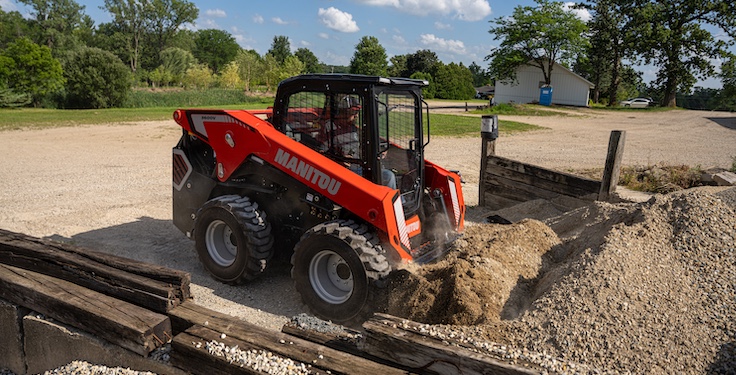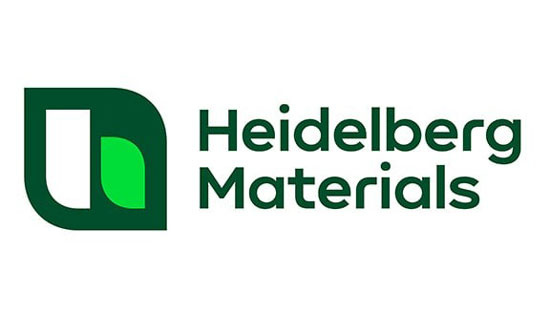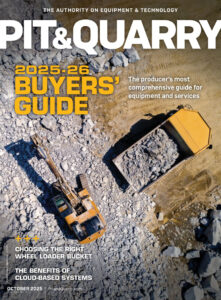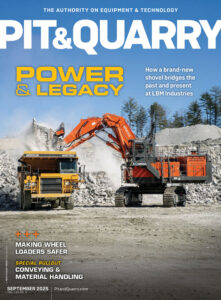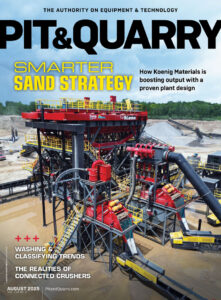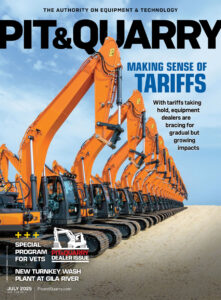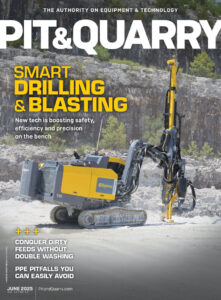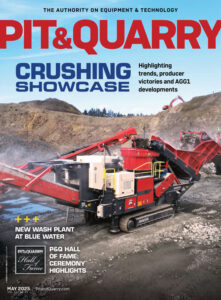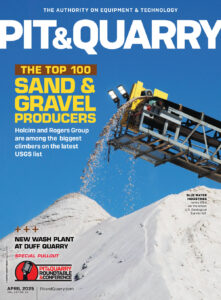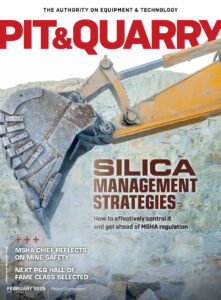Editor’s note: Over the next two months, the magazine will present excerpts from the 2025 edition of the Pit & Quarry University Handbook that will be published this November. P&Q spotlights geology and site selection this month, with a focus on zoning and permitting.
Finding and opening a greenfield site is not an easy task.
This is largely due to zoning restrictions, which most counties enforce and that typically require rezoning a property for mining. Rezoning typically involves a public hearing, and it can be costly because of the impact studies required.
Unfortunately, most zoning rulings are not decided based on technical merit alone. Zoning changes can be denied due to significant public opposition, whereas permits are generally evaluated on technical merits – although public comment is often part of the process. Existing mine sites that do not have zoning restrictions and already have existing operating permits are, therefore, easier to develop.
State permitting requirements
Permits for air, water and land disturbance from state agencies are required for mining, and several other permitting issues require federal approval. Before a company can begin mining, it must go through the rigorous process of obtaining a mining permit.
The permit application process means collecting data to characterize the pre-mine environmental condition of the permit area. The work includes surveys of cultural and historical resources, soils, vegetation, wildlife, assessment of surface and groundwater, climatology and wetlands.
In addition, reclamation plans are a required part of the process. The permits and studies can be costly and time consuming. Potential delays for acquiring a mine permit should be identified early in the process to limit unnecessary time and expense. Many states require prospecting and exploration permits to perform any exploration drilling.
State regulatory agencies require mining and reclamation plans that include a generalized mine plan, detailed sequencing of mining operations, and an end-of-life land use plan. Sediment and erosion control plans are required to identify how sediment will be prevented from polluting streams or other surface waters. Groundwater studies are required to determine if any offsite impacts are expected due to the operation.
National Pollutant Discharge Elimination System (NPDES) permits regulate the discharge of wastewater. While the U.S. Environmental Protection Agency (EPA) oversees the program, most permits are issued by state environmental agencies under EPA delegation.
Water that must be discharged to surface streams is typically covered under NPDES or equivalent state-issued discharge permits. Groundwater and surface waters that collect in mines then must eventually be discharged into nearby streams and drainages.
Wetlands mitigation
The U.S. Army Corps of Engineers regulates the disturbance of wetlands. It is best to create a mine plan with no or minimal wetland disturbance. Wetlands can be disturbed, but the Corps generally requires mitigation – such as creating or restoring wetlands, or purchasing credits from a wetland mitigation bank – to offset impacts, often at a greater acreage than what was disturbed.
If too many wetland acres exist, then it may not be economical to open the site. Therefore, evaluating the site for wetlands early in the exploration program is highly recommended.
The U.S. Fish & Wildlife Service administers the Endangered Species Act. An endangered species presence can prohibit or restrict a site from mining. Therefore, research should be performed before significant site evaluation.
If an endangered species is present on a site, the chances of permitting a mine are low – unless it is constrained to a small area of the subject property.
More from the P&Q University Handbook: Drilling & Blasting | P&Q University Handbook
PROMOTED PARTNERS


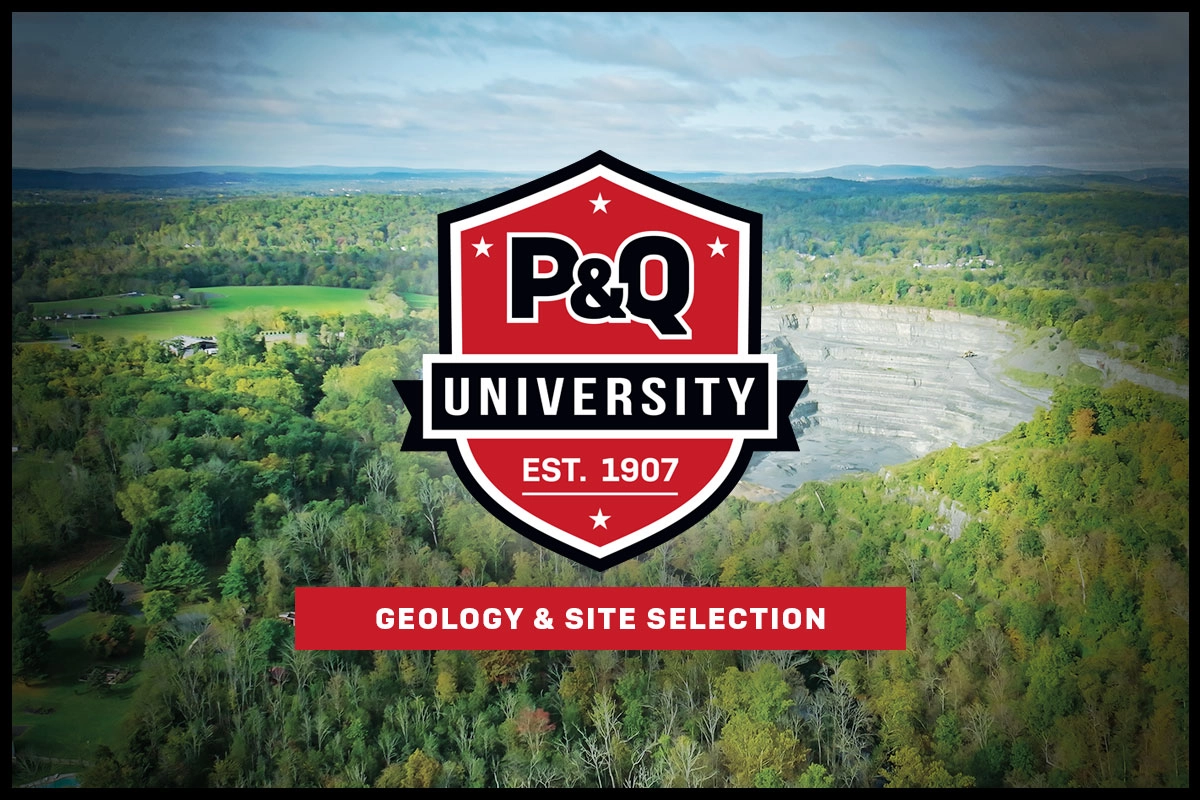
&uuid=(email))
&uuid=(email))
